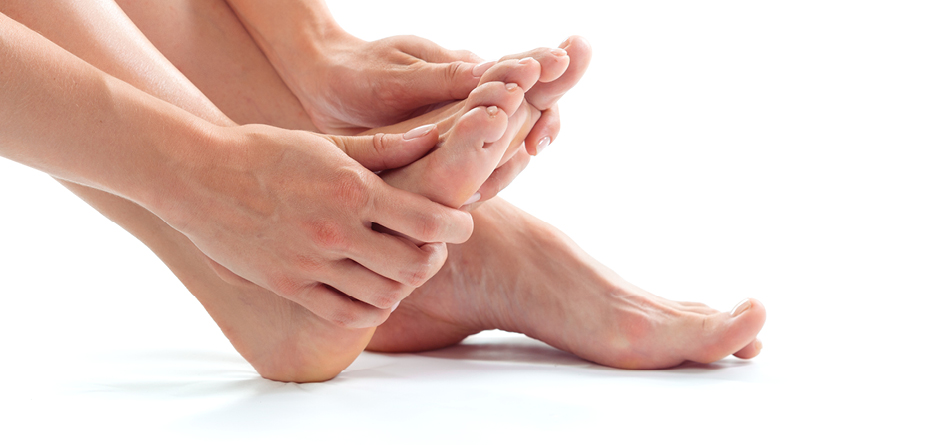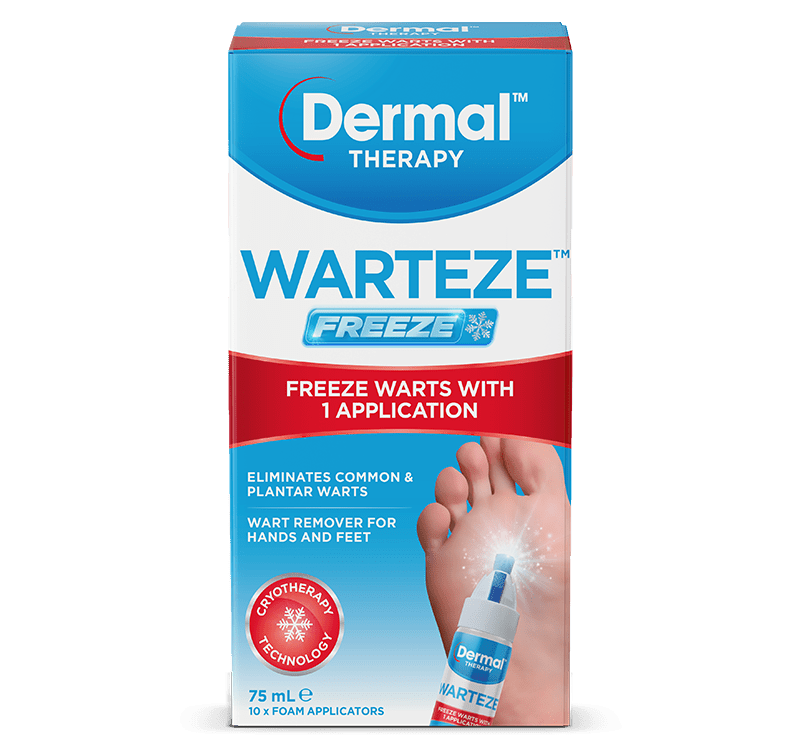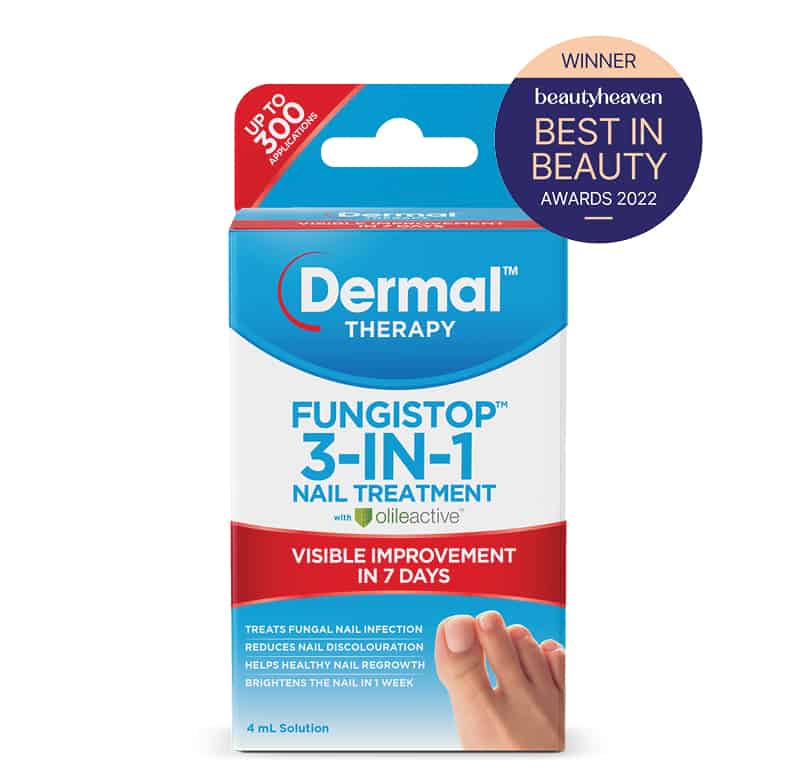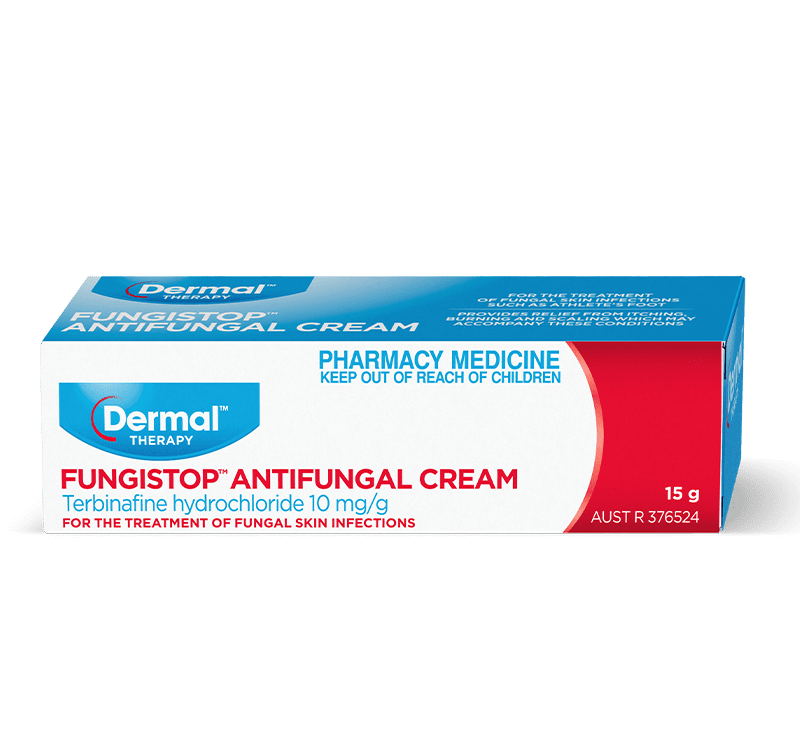Why do we get fungal nail infections?

Area
Wart & FungusOur nails, those unassuming protectors at the tips of our fingers and toes, play a crucial role in our daily lives. Yet, sometimes, they fall victim to a stealthy invader – fungal nail infections. If you’ve ever found yourself wondering why these infections occur, you’re not alone. In this comprehensive exploration, we’ll unravel the mystery behind fungal nail infections, delving into their causes, risk factors, and preventive measures.
Understanding Fungal Nail Infections:
Fungal nail infections, also known as onychomycosis, are more common than one might think. These infections occur when fungi, such as dermatophytes, yeasts, or moulds, find their way into the nail bed, making themselves at home and causing an array of symptoms. While they may not always be serious, fungal nail infections can be stubborn, leading to discomfort, discoloration, and changes in nail texture.
So, why do our nails become susceptible to these fungal invaders? Let’s dive into the factors that contribute to the development of fungal nail infections.
Warm and Moist Environments:
Fungi thrive in warm and moist environments, and our feet provide the perfect breeding ground. Think about it – closed-toe shoes, sweaty socks, and damp environments create an ideal habitat for fungi to flourish. Public places like locker rooms, swimming pools, and communal showers also pose an increased risk of fungal exposure.
Compromised Nail Integrity:
Fungi are opportunistic invaders. When there’s a break or injury in the nail, whether it’s a tiny crack or a more significant trauma, fungi seize the opportunity to enter and establish an infection. Conditions such as ingrown toenails or nail damage from poorly fitting shoes can create entry points for fungal intruders.
Weakened Immune System:
A robust immune system acts as a vigilant guardian against various infections, including fungal nail infections. However, when the immune system is compromised due to conditions like diabetes, HIV/AIDS, or other immune-suppressing illnesses, the body may struggle to fend off fungal invaders, making individuals more susceptible to onychomycosis.
Age and Circulation:
As we age, our nails undergo natural changes, becoming more brittle and prone to cracks and splits. Additionally, reduced circulation in the extremities, which is common in older individuals, can contribute to a slower healing process, providing fungi with an extended window of opportunity to infiltrate the nails.
Nail Trauma:
Trauma to the nails, whether acute or chronic, can increase the risk of fungal nail infections. Athletes, for example, may be more prone to fungal infections due to repeated trauma to the toenails from activities like running or playing sports.
Peripheral Vascular Disease:
Conditions that affect blood flow to the extremities, such as peripheral vascular disease, can compromise the body’s ability to deliver nutrients and immune cells to the nails. This impaired circulation creates an environment where fungi can thrive.
Poor Foot Hygiene:
Neglecting proper foot hygiene can contribute to the development of fungal nail infections. Failing to keep feet clean, dry, and well-maintained provides fungi with an opportunity to establish themselves and take root.
Prevention and Fungal Nail Infection Treatment:
Now that we’ve explored why fungal nail infections occur and the risk factors involved, let’s shift our focus to prevention and fungal nail infection treatment strategies.
How to Prevent Fungal Nail Infections:
Maintain Good Foot Hygiene:
Keep your feet clean, dry, and well-maintained. Regularly wash your feet, dry them thoroughly (especially between the toes), and trim your nails to prevent opportunities for fungal entry.
Choose Breathable Footwear:
Opt for shoes made of breathable materials to reduce moisture and create an environment less conducive to fungal growth. Rotate your shoes, allowing them to air out between uses.
Practise Good Nail Care:
Trim your nails straight across and avoid cutting them too short to minimise the risk of trauma and entry points for fungi.
Wear Protective Footwear:
In communal spaces like swimming pools or locker rooms, consider wearing protective footwear to reduce direct contact with potentially contaminated surfaces.
Change Socks Regularly:
Swap out damp or sweaty socks promptly and choose moisture-wicking fabrics to help keep your feet dry.
Be Cautious with Nail Salons:
If you frequent nail salons, ensure that hygiene practices are up to par, and consider bringing your own tools to reduce the risk of fungal nail infection.
Fungal Nail Infection Treatment:
1) Dermal Therapy Fungal Nail Infection Prevention
Tired of battling fungal nail infections with lacklustre results? It’s time to meet your fungal nemesis – Dermal Therapy Fungistop 3-in-1 Nail Infection Treatment. This game-changing solution is not just your average nail treatment; it’s a powerhouse that promises visible results and clinical efficacy. Let’s explore why Dermal Therapy Fungistop should be your go-to for banishing nail fungus.
Easy Brush-On Applicator:
Convenience is key when it comes to treating fungal nail infections, and Dermal Therapy Fungistop understands that. With its easy brush-on applicator, applying the treatment is a breeze. No more wrestling with complicated application processes – just brush it on, and let the magic begin.
Visible Results in 7 Days:
The waiting game can be agonising, especially when dealing with stubborn fungal infections. But fear not – Dermal Therapy Fungistop doesn’t believe in making you wait. With visible results in just 7 days, you’ll be witnessing the transformation of your nails sooner than you think. Say goodbye to the long, uncertain periods of treatment.
Reduces Nail Discoloration:
Fungal infections often bring along unsightly nail discoloration, making you want to hide your toes or fingers. Dermal Therapy Fungistop comes to the rescue by not only treating the infection but also reducing nail discoloration. Reclaim the natural beauty of your nails with this 3-in-1 powerhouse.
Clinically Proven Results:
Trust is earned through results, and Dermal Therapy Fungistop doesn’t shy away from showcasing its prowess. Clinically proven to be effective, this nail treatment is backed by evidence, providing you with the assurance that you’re investing in a solution that delivers on its promises.
2) Prescription Medications:
In more severe cases, a healthcare professional may prescribe oral antifungal medications. These medications are typically more potent but may have potential side effects, so they require careful monitoring.
Conclusion
Fungal nail infections may be a common woe, but understanding their causes and risk factors empowers us to take proactive steps toward prevention. Dermal Therapy Fungistop 3-in-1 Nail Infection Treatment isn’t just a product; it’s a solution crafted with your nail health in mind. With its easy applicator, rapid results, and clinical backing, it stands out as a reliable choice for anyone seeking to bid farewell to fungal nail infections.
Say hello to healthier, happier nails with Dermal Therapy Fungistop – your fungal foe’s worst nightmare!






























